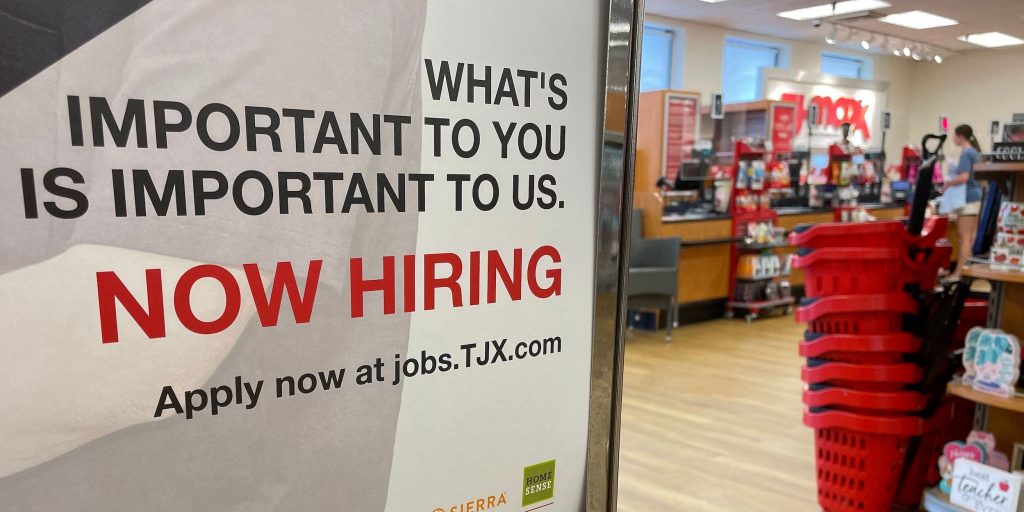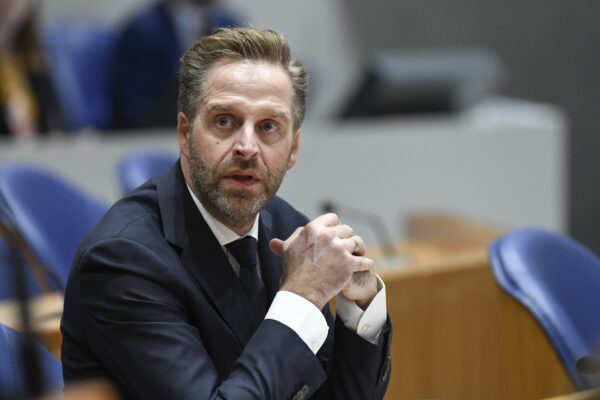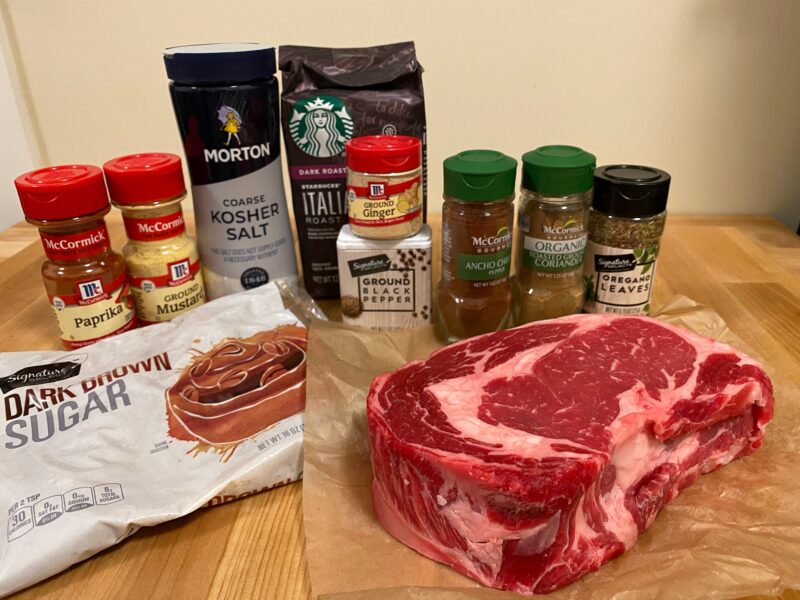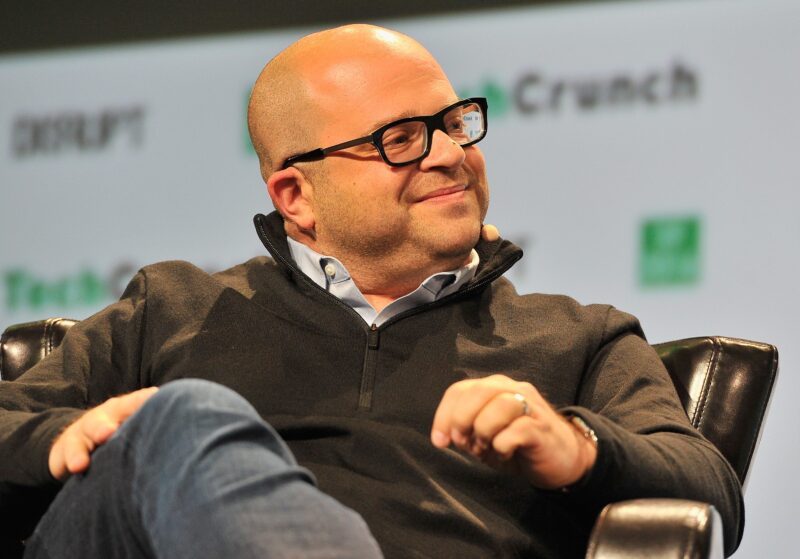- The US created 390,000 new jobs in May, exceeding the average forecast for 325,000 payrolls.
- The unemployment rate held at 3.6%, landing above the 3.5% estimate.
- The May report shows the jobs recovery slightly slowing as rising rates and inflation tore into growth.
The labor market recovery slightly slowed through May. There's no reason to panic.
The US economy added 390,000 nonfarm payrolls last month, the Bureau of Labor Statistics announced Friday morning. Economists surveyed by Bloomberg held a median estimate of a 325,000-payroll gain. The May increase reflects a slowdown in the pace of job growth and the smallest one-month uptick in a year.
The April gain was revised to 436,000 new jobs from 428,000 payrolls. The final count for March job creation came in at 398,000 added payrolls, down from the prior reading of 428,000 jobs.
The unemployment rate held at 3.6%, according to the report, landing above the median forecast of 3.5%. The measure has lingered near five-decade lows throughout 2022 as businesses scramble to rehire from a limited pool of available workers.
Leisure and hospitality businesses once again saw the biggest increase in payrolls, with firms adding 84,000 payrolls in May. While employment in the sector is still down by about 1.3 million payrolls compared to pre-pandemic levels, the Friday report signals such companies will continue to lead the way in hiring.
Professional and business services followed with a gain of 75,000 payrolls. Transportation and warehousing businesses created 47,000 jobs, and employment in the construction sector climbed by 36,000.
Retailers, however, were the biggest labor-market losers through May. The sector shed 61,000 payrolls last month, potentially hinting that businesses overhired as the economy reopened and Americans pivoted further toward in-person spending. Employment at retailers remains 159,000 payrolls above the pre-crisis level, signaling there could be room for further declines as firms look to find the most efficient level of employment.
The May report details just how the jobs recovery progressed as the Federal Reserve ramped up its effort to cool inflation. The central bank lifted its benchmark interest rate by 0.5 percentage points in early May, marking the first increase of that size since 2000. The move marked the start of a much more aggressive hiking cycle from the Fed. Chairman Jerome Powell signaled in a follow-up press conference that, in order to cool the fastest inflation in four decades, more double-sized hikes will "be on the table" at coming meetings.
While the new strategy stands to put greater downward pressure on inflation, it could also sap fuel from the labor market's rebound. Higher rates weaken demand by raising borrowing costs. That tends to pull spending lower, which in turn leaves companies with lower revenues and less interest in hiring.
The economy is "well-positioned to handle tighter monetary policy," Powell said in early May. The latest jobs report signals that, while the economy is still adding jobs, rising rates are already having an effect on the pace of payroll growth.
This story is breaking, check back soon for updates.










